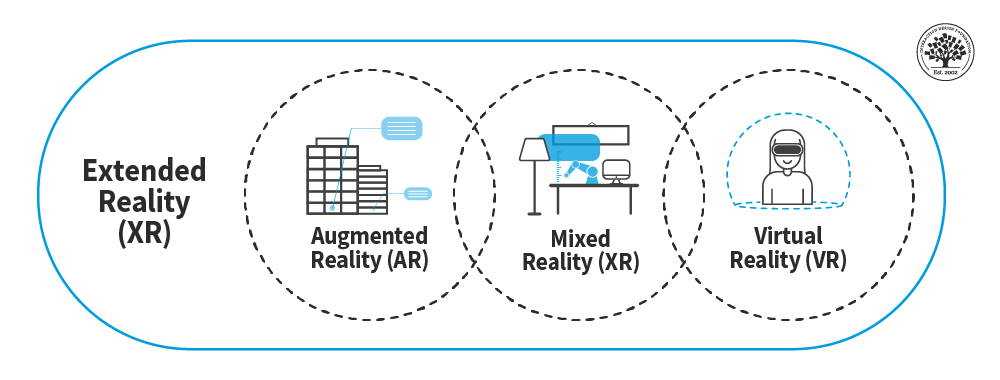Take a deep dive into Extended Reality (XR) with
our course
UX Design for Augmented Reality
.
Augmented reality has emerged as a transformative technology, allowing us to blend the digital and physical worlds to enhance our daily lives. However, the path to create seamless and intuitive user experiences in AR presents unique challenges. This course equips you with the knowledge and skills to overcome these challenges and unlock the full potential of AR.
UX Design for Augmented Reality is taught by UX expert Frank Spillers, CEO and founder of the renowned UX consultancy Experience Dynamics. Frank is an expert in AR and VR and has 22 years of UX experience with Fortune 500 clients, including Nike, Intel, Microsoft, HP, and Capital One.
In this course, you will explore the entire design process of AR, along with the theory and guidelines to determine what makes a good AR experience. Through hands-on exercises and discussions, you will explore and discuss topics such as safety in AR, how to determine whether AR is the right platform for your idea, and what real-world spaces have potential as stages for AR experiences.
In lesson 1, you will learn the origins of AR, what makes it unique, and its colossal impact on human-computer interaction.
In lesson 2, you will dive into user research practices tailored to AR and its unique characteristics.
In lesson 3, you will dig into how to prototype for AR and create low-fi but testable prototypes.
In lesson 4, you will learn the heuristics and guidelines to test your designs and ensure they are practical and user-friendly.
Throughout the course, you'll get practical tips to apply in real-life projects. In the Portfolio projects, you'll build a foundation of an AR product. This will allow you to create a portfolio case study to entice recruiters or developers to make your dream a reality.
Use your industry-recognized Course Certificate on your resume, CV, LinkedIn profile, or website.


